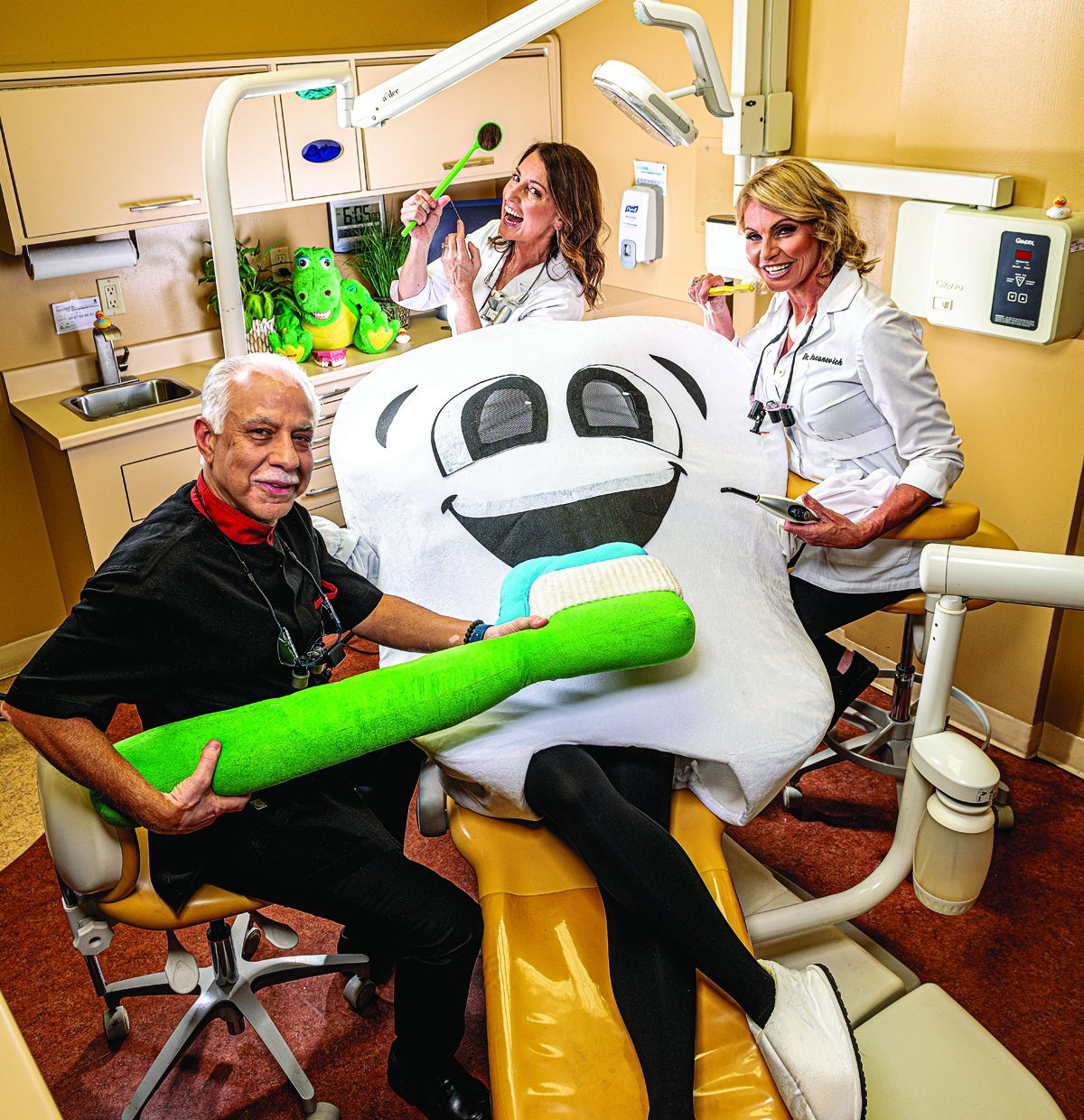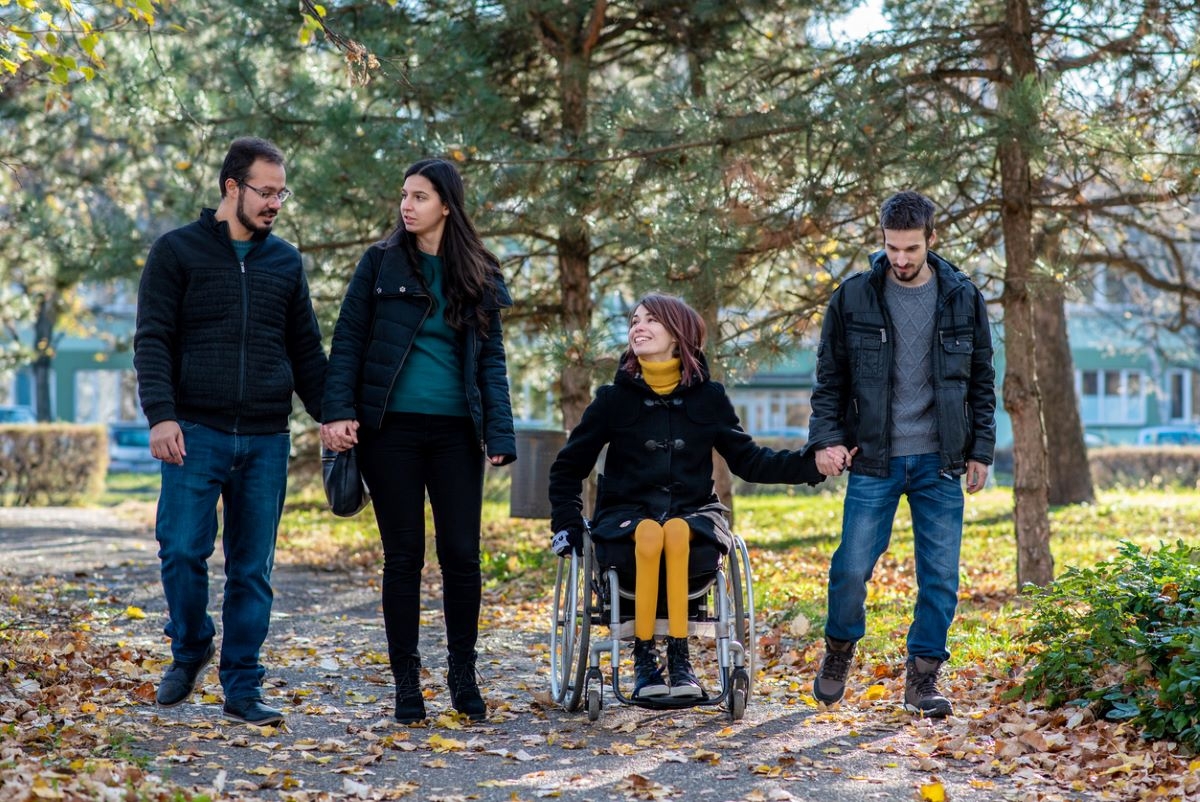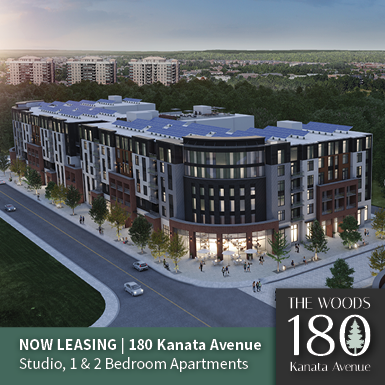
Tewin Delivers Much-Needed Housing to the Nation’s Capital
The Canadian housing market is facing an unprecedented crisis. Home prices have skyrocketed, while wages have seen only modest growth, exacerbating the affordability gap. Adding to the challenge, the Canadian Mortgage and Housing Corporation (CMHC) reports that housing supply has failed to keep pace with demand, particularly in the country’s largest urban centres.
In Ottawa, the growing population is estimated to surpass 1,409,600 residents by 2046. The city is working to expand development areas to meet the challenges of building the estimated 194,800 dwellings required to house its growing population while offering sustainable living and a good quality of life.
In 2021, the City of Ottawa rezoned 455 hectares of land near Carlsbad Springs in Cumberland Ward for urban development. In partnership with Ottawa-based Taggart Group and Caivan, the Algonquins of Ontario have embarked on an ambitious project to create Tewin (pronounced “Tay-Win”), a new residential development designed to house up to 45,000 residents. The name “Tewin” means “home” in Algonquin, reflecting the community’s vision and cultural roots.
The Tewin community is planned to prioritise sustainability, connectivity, and accessibility, with over 90 percent of residents set to live within a five-minute walk to both nature and a transit spine road that will offer fast, reliable transportation. An extensive network of trails and watercourses will connect schools, parks, shops, and workplaces, ensuring safe and walkable routes for children and adults alike.
Streets will be thoughtfully planned with parks or open spaces at the end of blocks, and local stores and services will foster neighbourly connections. As a large-scale development, Tewin will deliver housing and infrastructure while embedding sustainability in every decision. In addition, the project is committed to being carbon-neutral during construction and after completion. Guided by Indigenous leadership, Tewin is set to become the first of its kind in Ontario to achieve One Planet Living (OPL) certification, adding to the existing 28 OPL communities worldwide.
The Tewin project aims to put its foot forward for best-in-class design, building places for people, not just a place to live. Existing OPL communities in the UK have saved an estimated 1.5 million tonnes of CO2, while residents report knowing four times the neighbours compared to other UK communities.
When the project was first announced in 2021, Michelle Taggart, Vice-President of Land Development at Taggart, said that one of the things that makes this project so exciting is the ‘blank canvas’ they are working from: “We are starting from scratch learning from the past, and planning for the future. We will build a dense, connected, sustainable community that will be planned around a future transit system rather than trying to fit transit in after the community is built,” said Taggart.
It’s not the first time the City of Ottawa has moved to create “model city” communities on the outskirts of the city limits. In the 1970s, the former Ontario Housing Corporation and the National Capital Commission came together to choose the site of future communities outside of the Greenbelt. At the time, Carlsbad Springs was passed over for ‘Rideau South’, now the ever-sprawling suburb of Barrhaven.
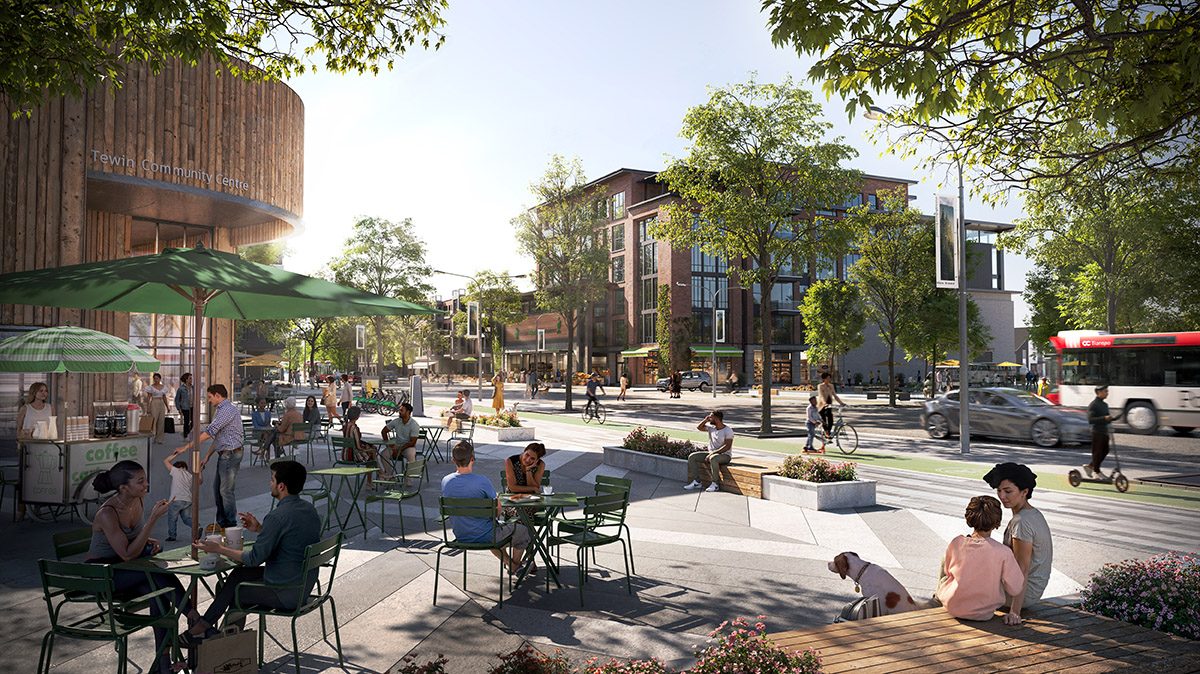
This week, the public was offered its first views of the proposed development at a public meeting on Thursday, January 9, at the Carlsbad Springs Community Centre. Craig Lametti, an urban planner with Urban Strategies, has been collaborating with the City of Ottawa to review feedback from the local community. He told Ottawa Life, “We’ll be taking that feedback and refining it further to start to pull together a final community design plan”. Lametti says the updated plan will be delivered along with the necessary supporting studies for the project.
Lametti notes that “Everything from culture and community to sustainable transportation, to health and happiness” is being considered in keeping with the One Planet Living framework. The project also plans to stay sustainable by committing to a zero-carbon energy supply over time. From the ground up, the urban designers have been working “hand in glove” with the City of Ottawa to achieve these aims, a process that he describes as rewarding.
Lametti sees great potential in the Tewin project; one of the most notable is its proximity to downtown. He explains that Carlsbad Spring may seem like a hike, but it’s not that far from the city centre: “From a drive time perspective, Tewin is the closest of the new urban expansion areas.” He says the village of Carlsbad Springs is about a twenty-minute drive from the city centre, sitting about as far from downtown Ottawa as Kanata.
The expansion of housing into Carlsbad Springs will bring with it a need to expand transit services and other public facilities that are currently not in the rural community. Michelle Taggart told Ottawa Life in 2021 that they are fully committed to developing and building a transit infrastructure at no cost to the city.
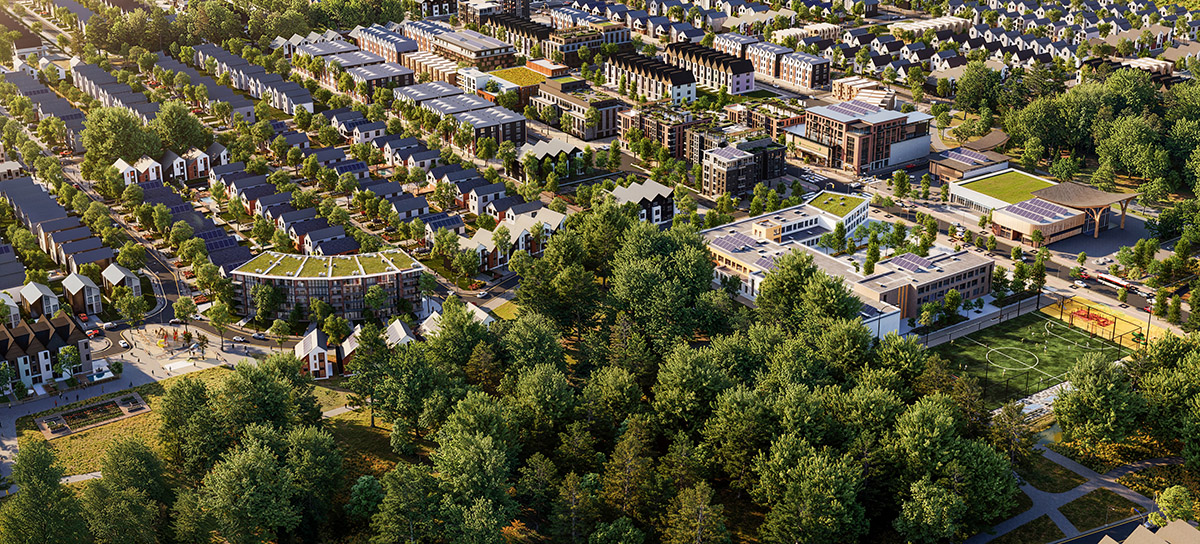
Since the land was rezoned in 2021, the consultation process has continued steadily, and Lametti believes the project will break ground at the end of the decade, with final completion about ten years after that.
CMHC projects that 22 million new homes are required by 2030 to achieve affordability for everyone living in Canada, with two-thirds of this housing stock needed in Ontario and British Columbia—the provinces with the largest affordability issues.
In an effort to combat the housing shortage and speed up development, the Ontario provincial government has introduced a process for municipalities to address obstacles, like allocation of water and wastewater servicing, and the Cutting Red Tape to Build More Homes Act, 2024 that includes streamlining third-party appeals to the Ontario Land Tribunal.
The demand for housing has led the City of Ottawa to prioritise development in the city core and along the LRT extensions, including those not yet operating. However, the limited physical space in these areas is unlikely to accommodate the projected 31.6 percent increase in residents seeking a place to call home over the next 21 years.
The Tewin project is a win-win solution for Ottawa. Its ambitious sustainable framework approach offers a pathway to expand Ottawa in a way that ensures the quality of life for residents keeps pace with population growth.
IMAGES COURTESY URBAN STRATEGIES


